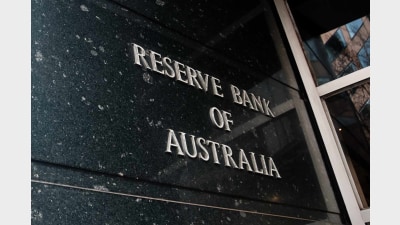Are the regulators still on the same page?


The Australian superannuation industry has both benefited and grown under a regime which has harmoniously encompassed three regulators – but recent events have highlighted some discordant notes.
What on earth is going on between Australia’s superannuation regulators?
First, the Australian Prudential Regulation Authority (APRA) last month appeared to buy into the self-managed superannuation funds (SMSF) domain of the Australian Taxation Office (ATO) via a letter to the banks and other institutions deemed to be Authorised Deposit-taking Institutions (ADIs).
Then a week later the Australian Securities and Investments Commission (ASIC) issued a warning to superannuation fund trustees who are normally regulated by APRA.
The content of the letters and warnings issued by APRA and ASIC were worthy enough but clearly crossed the conventional lines of regulatory demarcation and seemed to indicate a desire by some senior officials to ensure their views were made public.
Given some of the rhetoric emanating from the industry funds sector about SMSFs, the letter written by APRA executive general manager, Charles Littrell, dealing with lending to SMSFs could be interpreted as particularly provocative, notwithstanding the fact that he claimed to be clarifying that loans to SMSFs were to be treated as “non-standard eligible mortgages”.
Littrell’s use of terms such as “SMSF loans have[ing] a different and potentially higher loss profile in comparison to standard loans” generated particular angst within the SMSF sector which, over the prior six months, had been wrestling with the broader issue of limited recourse borrowing requirements.
With the dust still settling on APRA’s (Littrell’s) oblique sortie into SMSF-land, ASIC commissioner Greg Tanzer decided to issue his warning to the trustees of defined benefit superannuation funds about levels of disclosure with respect to funding adequacy.
It is hard to know what prompted Tanzer’s message, but it appeared to coincide with a major metropolitan newspaper publishing yet another story about unfunded liabilities within Government defined benefit schemes – a topic that seems to exercise journalists every couple of years and which gave rise to the establishment of the Future Fund by the former Howard Government.
The bottom line, of course, is that few, if any, Australians can today gain access to a defined benefit scheme and, for the most part, the challenge for trustees is how to ensure they remain appropriately funded as members, little by little, make their exit.
Tanzer’s statement seemed focused on reflecting upon the impact of the global financial crisis on defined benefits’ funding adequacy, and noting the manner in which they had suffered as a result of lower-than-expected investment returns.
This admonition to trustees is fair enough, but on all the available evidence Australia is not confronting a major problem with respect to unfunded defined benefit liabilities – something confirmed by ASIC’s own analysis based on funds’ Vested Benefits Index (VBI) – a measure of the financial position of a fund.
According to Tanzer’s explanation, the VBI is the ratio which represents a fund’s ability to pay vested benefits to members if all members were to voluntarily leave the fund on the same day.
The magnitude of Australia’s perceived problem is reflected in the following:
ASIC’s review of approximately 470 defined benefit funds and sub-funds found:
- 58 per cent of these funds’ current or most recent VBI is at 100 per cent or above;
- 30 per cent reported a VBI between 90-100 per cent;
- 7 per cent reported a VBI between 80-90 per cent; and
- 1 per cent reported a VBI of less than 80 per cent.
In other words, assuming APRA is keeping as close a watch as ASIC, only 1 per cent of defined benefit funds can be counted as possibly problematic.
It is perhaps notable that neither ASIC nor APRA have, to this stage, given a detailed analysis of the liquidity issues which beset some defined contribution funds during the GFC.
Recommended for you
High risk, high return assets will become dangerous options for superannuation funds under the Federal Government’s planned $3 million superannuation changes, writes Brad Twentyman.
Economic policy can no longer ignore the macroeconomic impacts of Australia's superannuation system and the emerging policy implications, writes Tim Toohey.
In an age where climate concerns and social consciousness dominate headlines, it’s no surprise that investors are increasingly seeking investments that align with their values, writes Simon O’Connor.
How profit-for-member superannuation funds can embed 'commerciality with a heart' and marry a member-first culture with commercial outcomes.













Add new comment